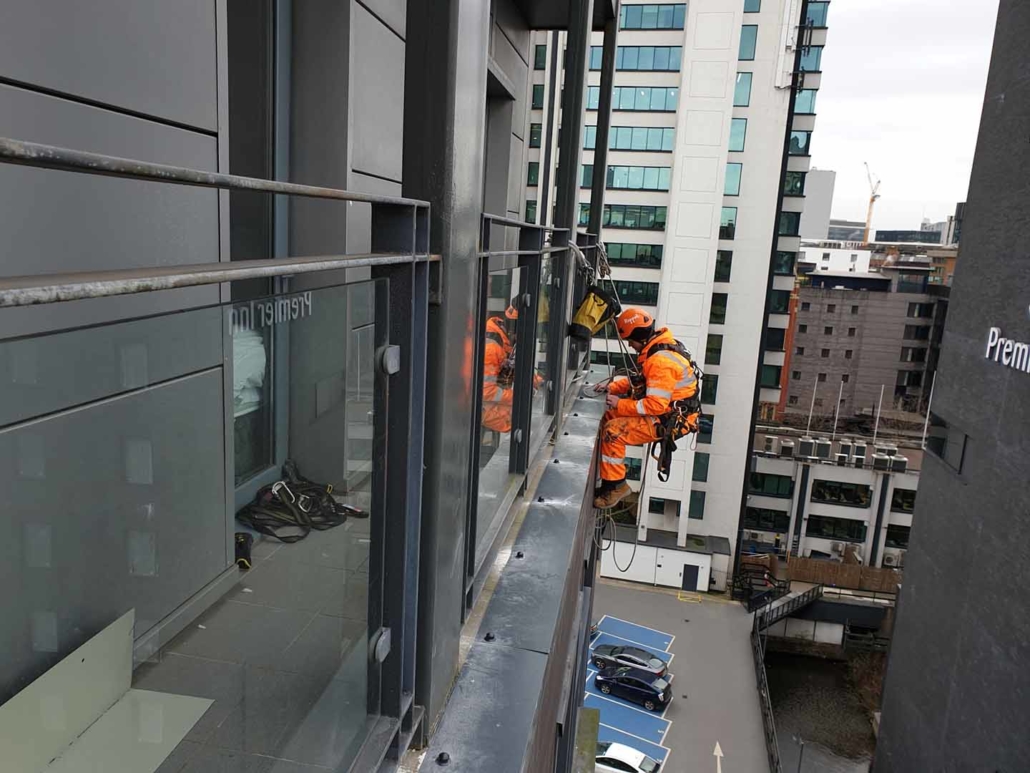A roof inspection is a thorough examination of a constructing's roof to assess its situation, identify any potential points or damage, and decide whether maintenance, repairs, or replacements are wanted. Roof inspections are sometimes carried out by householders, professional roofing contractors, or inspectors with experience in roofing methods. The primary function of a roof inspection is to make sure the roof's integrity and performance, delay its lifespan, and forestall costly repairs or replacements.
Here are the key objectives and components of a roof inspection:
Evaluation of Roofing Materials: The inspector assesses the condition of the roofing materials, similar to shingles, tiles, steel panels, or membrane roofing. They search for signs of put on and tear and tear, damage, or deterioration.
Inspection of Flashing and Roof Penetrations: Flashing, which is used around roof penetrations like chimneys, vents, and skylights, is examined for signs of harm or improper set up. Roof penetrations themselves are inspected for leaks or potential points.
Assessment of Gutters and Downspouts: The inspector checks the situation of gutters and downspouts to ensure they're clear of debris and in good working order. Clogged or damaged gutters can lead to water injury and roof issues.
Examination of Ventilation: Proper roof air flow is essential for regulating temperature and moisture levels in the attic or crawl area. The inspector checks for adequate ventilation and signs of moisture-related points.
Detection of Leaks and Water Damage: The inside of the constructing, notably the attic or ceiling, is examined for indicators of leaks, water stains, or mould growth. https://roofrestorationcamden.com.au/flashing-installation/">Flashing Installation could point out roof issues that need attention.

Structural Assessment: In some cases, the roof's structural components, such as rafters or trusses, could additionally be inspected for signs of injury or stress.
Documentation: The inspector typically provides a written report detailing their findings, together with images and suggestions for any needed repairs or maintenance.
Roof inspections can be scheduled periodically, such as annually, or as wanted, especially after extreme climate occasions like storms or hail. Regular inspections help catch issues early and extend the lifetime of the roof. If issues are identified during the inspection, immediate repairs or upkeep can prevent additional harm and expensive roof replacements.
It's important to notice that for safety reasons, roof inspections ought to be carried out by people who are experienced and knowledgeable about roofing techniques. When in doubt, it's advisable to hire an expert roofing contractor or inspector to carry out a comprehensive roof inspection..
